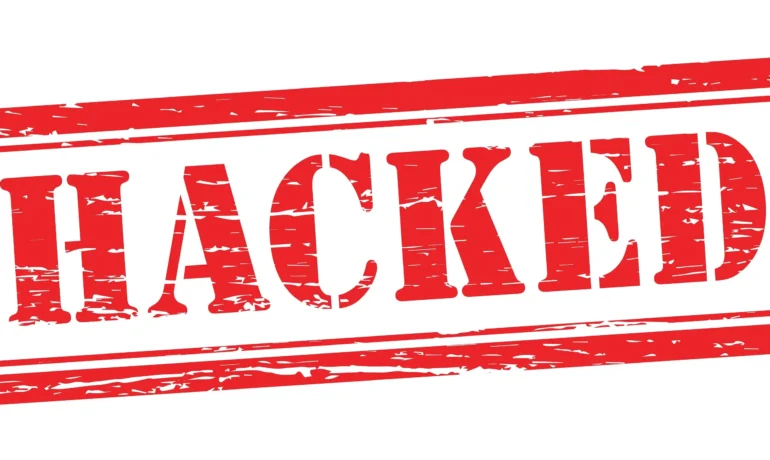Introduction:
In today’s digital landscape, website security is of utmost importance. Hackers are constantly seeking vulnerabilities to exploit and compromise websites. In this article, we will explore the common causes and reasons for website hacks and provide a comprehensive guide.
1. Understanding the Common Causes of Website Hacks:
a. Outdated Software: Exploiting vulnerabilities in outdated software is a common method employed by hackers. Ensure that all software, including CMS, plugins, and themes, are regularly updated to the latest versions.
b. Weak Passwords: Weak or easily guessable passwords provide an easy entry point for hackers. Enforce strong password policies and encourage the use of multi-factor authentication.
c. Malicious Code Injection: Hackers inject malicious code into a website’s files or database, often through unsecured forms or insecure plugins. Regularly scan for malware and remove any suspicious code.
d. Cross-Site Scripting (XSS) Attacks: XSS attacks occur when hackers inject malicious scripts into web pages, enabling them to steal sensitive information or manipulate website content. Implement input validation and output encoding to mitigate XSS vulnerabilities.
e. Brute Force Attacks: Hackers use automated tools to systematically guess website login credentials. Implement login rate limiting and account lockouts to prevent brute force attacks.
f. Phishing and Social Engineering: Hackers exploit human vulnerabilities through phishing emails, social engineering techniques, or other deceptive tactics. Educate website users about identifying and avoiding such threats.
2. Steps to Clean a Hacked Website:
a. Identify the Hack: Use comprehensive security tools like MoeSec Website Malware Scanner (External & Internal Website Antivirus Scanner) to scan and identify malware or abnormal behaviors on the website.
b. Isolate the Website: Take the website offline or restrict access to prevent further damage and potential spread of malware ( Cross-contamination ) .
c. Remove Malicious Code: Clean infected files, databases, and any injected malware. MoeSec.com offers automated and manual malware and hack cleanup services to ensure thorough removal.
d. Update Software: Update all website components, including CMS, plugins, themes, and server software, to their latest secure versions.
e. Reinforce Security Measures: Implement strong passwords, multi-factor authentication, and regular backups. Remove unnecessary plugins and themes to reduce potential attack vectors.
f. Harden Website Configuration: Secure file and directory permissions, disable unnecessary services, and implement web application firewalls (WAFs) to protect against future attacks.
g. Monitor and Audit: Continuously monitor the website for any suspicious activities, perform regular security audits, and maintain up-to-date backups.
3. Prevention and Future Protection:
a. Website Firewall: Utilize a website firewall like the one provided by MoeSec.com to prevent and mitigate future attacks, including malicious traffic, hack attempts, and much more.
b. Continuous Monitoring: Regularly scan the website for malware, Blacklist, spam, outdated software, and uptime. Stay informed about potential security risks.
c. Certified Experts: Seek the assistance of certified security professionals, like those available through MoeSec.com, for investigations, cleanup requests, and security consultations.
d. Security Awareness: Educate website administrators and users about best security practices, including password hygiene, identifying phishing attempts, and reporting suspicious activities.
e. Regular Updates and Backups: Maintain a strict update schedule for all website components and regularly back up the website to ensure quick recovery in case of an attack.
Conclusion:
Cleaning a hacked website and implementing preventive measures are vital for safeguarding against cyber threats. By following the steps outlined in this article and leveraging the comprehensive website security platform offered by MoeSec.com, website owners can effectively protect their websites, provide a secure online experience, and minimize the risk of future attacks. Stay proactive, stay vigilant, and prioritize website security to ensure a resilient online presence.
If you don’t have the time or experience to do it yourself, it is recommended to seek professional assistance from a web security expert or a WordPress security service provider to ensure a thorough and effective cleanup process. You can try our Website Malware Removal services!



